|
|
.gif)
|
.gif) |
.gif)
 .gif)  |
.gif)
Historians still debate today
whether the Anzac troops were landed at the
correct place. Why did the Allied commanders send
Australian troops to land on a beach before rugged
hills, ridges and steep gullies? What was the
objective? What happened? Find out from the
options below. | |
.gif) |

  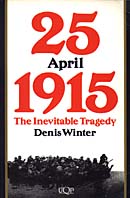   |
.gif) |
|
.gif) |
 |

"The Australians rose to the occasion.
They did not wait for orders, or for the boats to
reach the beach, but sprang into the sea, formed a
sort of rough line, and rushed at the enemy’s
trenches. Their magazines were not charged, so
they just went in with the cold steel, and it was
over in a minute for the Turks in the first trench
had been either bayoneted or had run away, and the
Maxim guns were captured." |
 |
 |

[Ellis
Ashmead-Bartlett,
from the first report in
Australia of the Australian landing at
Gallipoli
Reprinted from the Hobart
Mercury, 8 May 1915] |
 | 
|
.gif) |
.gif)
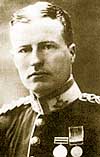
 |
 |

"The
censorship has now passed beyond all
reason...There are now at least four censors all
of whom cut up your stuff. Maxwell starts it then
Ward then General Braithwaite and finally Sir Ian
Hamilton." |
 |
 |

[Ellis
Ashmead-Bartlett,
excerpt from his
diary |
 | 
  |
Ashmead-Bartlett became increasingly
frustrated with the military censorhip of his
reports on the Gallipoli compaign. Read his views
on censorship in an extract from his
diary. | 
  |
Also read the behind
the scenes story of Ashmead-Bartlett's
attempts to reveal the what he saw as the truth
about the campaign.
| 
  |
Excerpts from Ashmead-Bartlett's War
Diary also reveal the truth behind the highly
censored reports that the public read.
| |
.gif) |
.gif)
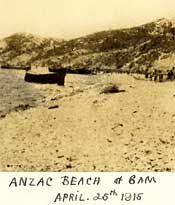
|
 |

"Bullets struck fireworks out of the
stones along the beach. The men did not wait to be
hit, but wherever they landed they simply rushed
straight up the steep slopes. Other small
boats...were digging for the beach with oars.
These occupied the attention of the Turks in the
trenches, and almost before the Turks had time to
collect their senses, the first boatloads were
well up towards the trenches. Few Turks awaited
the bayonet. " |
 |
 |

[Charles Bean, official Australian War
Correspondent
from his first report of the
landing at Gallipoli
Commonwealth of
Australia Gazette, No. 39, May 17
1915] |
 | 
|
.gif) |
.gif)
.gif)
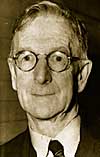
 |
.gif)
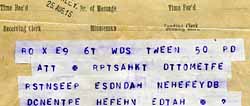 .gif) 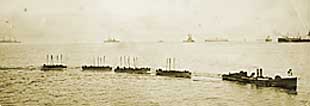 |
.gif) |
.gif)
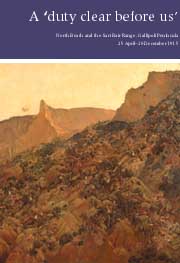 |
.gif) |
.gif)

.gif)
 |

"Ere another entry is made in this
book we will have passed through a very trying
time. We are leaving almost everything behind;
whether we see it again or not will be a matter
of luck. And now we go forward in the full
consciousness of a 'duty clear before us', and
... we can only say 'Thy will be done'. God
grant comfort to those in anxiety and sorrow and
give our leaders wisdom." |
 |
 |

[Lieutenant William Cameron, 9th
Australian Light Horse,
Diary, 5 August 1915,
just before the opening of the Anzac
August
offensive, quoted in B Gammage, The Broken
Years -
Australian Soldiers in the
Great War, Penguin Books, 1975,
p.68] |
 | 
Read
the story of North Beach and the Sari Bair
Range,
Gallipoli Peninsula 25 April - 20
December 1915.
| | | | |
|